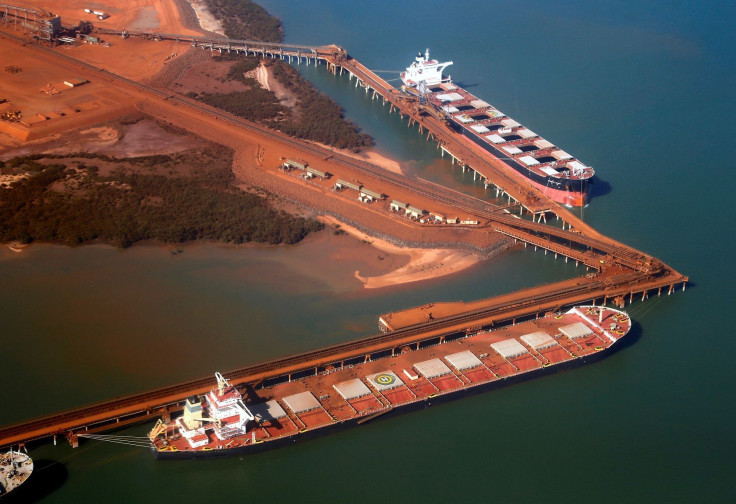Iron ore pushes back after strong gains, commodity futures reverse

After iron ore spot markets witnessed a significant increase for two days, they gave a relaxed performance on Friday. As noted by Metal Bulletin, the spot price for benchmark 62 percent fines declined by 0.29 percent to settle at US$92.34 (AU$119.70) a tonne.
In contrast, the prices had increased by 3.17 percent and 1.85 percent respectively in the previous sessions. At the same time, the price for 58 percent fines did not change for the session. Since Jan. 1, the average bulk commodity has stood at US$85.87 (AU$111.32) per tonne. This followed an increase in production at Vale's S11D mine in Brazil that was expected to decrease iron ore prices in 2017.
Chinese commodity futures reversed marginally in overnight trade on Friday. Nevertheless, the change was not significant enough to reflect where the spot markets would go on Monday.
The iron ore future for May 2017 upped by 0.35 percent to settle at 717 yuan (AU$134.52). Rebar futures went up 0.11 percent to 3,592 yuan (AU$673.93).
Those moves came before the weekend’s release of Chinese new home price data for February, which revealed that prices rose by 0.3 percent nationally last month – a slight increase from an increase of 0.2 percent in January. The S11D was introduced into the market by Vale at a weaker pace than was anticipated. Moreover, massive rains in the Pilbara region of Western Australia have sharply decreased output from mining companies including BHP Billiton, Rio Tinto and Fortescue Metals Group.
In February, Port Hedland shipped 35.6 million tonnes of iron ore. The number was significantly less than for the same period last year and as much as 19 percent less than the amount that was exported last December.
Rio chief executive Jean-Sebastien Jacques spoke at the China Development Forum in Beijing over the weekend about the possibility of Chinese economy strengthening this year. He said the downsizing of small and inefficient steel mills in China would enhance the demand for iron ores with higher iron content. He added the volume of iron ore produced by China's domestic iron ore miners could lower the iron ore prices.
"Three years ago, [Chinese miners used to produce above 400 million tonnes. At this point in time, our base view is [they are producing] about 270 million metric tonnes. It's still winter in China, it's going to be interesting to see what will happen as we get into summer months," Jacques said.





















